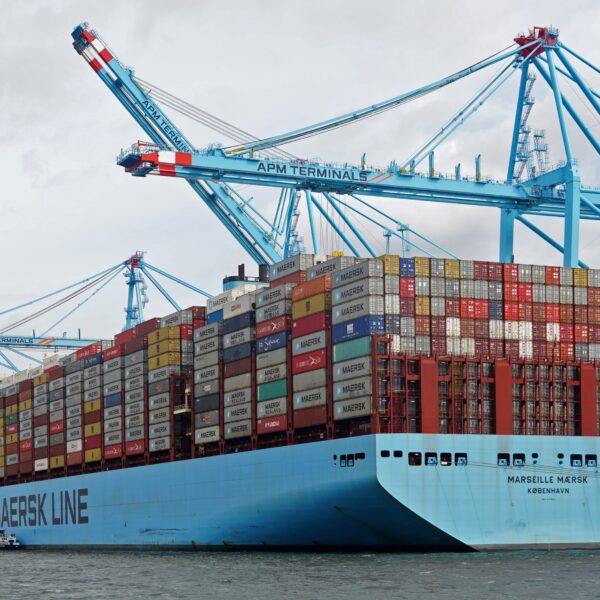The national Outbound Tender Reject Index (OTRI) hasn’t been over 4% since early January, when businesses were still getting back to work after the holidays. Even though 4% still means that the market is very loose, the time and direction of the OTRI suggest that the worst may be over.
This is the first time the OTRI has gone up more than the value of 2019, a year with a market that was unusually calm and a lot of big carriers leaving. This is not a surprise. Even though there is some past evidence to suggest that rejection rates will rise in 2019, this rise is happening about two to three weeks earlier than expected based on 2019 numbers.
The national OTRI keeps track of how much goods trucking companies won’t take for their customers at a price they’ve agreed on. When the value of a contract rate is less than 4.5 percent, which is common in freight markets with too much supply, the rate goes down.
Rising Rejections and Contract Rates in the Domestic Freight Sector
Since carrier margin loss has made it harder for shippers to decide which loads to put first, they may have finally lost the race to the bottom. In 2022, when contract rates have a big margin, all ships will be profitable. The only problem is insurance coverage. Since ORs are going down and margins are getting smaller, airlines now have to think about what goods will make them the most money.
Even though this link isn’t as strong as it could be because of other market factors, like a big jump in long-haul demand in July, it’s still clear that falling rates are a factor.
The domestic freight sector was too busy for about a year and a half between 2020 and 2021, which caused an economic bubble. It took almost a year to arrange a price drop for contracts to the point where carriers no longer accept any business without question.
When you look at the bigger picture, the recent rise in rejections from 3% to 4% is just the latest in a long series of rising rejections that started in May, when contract rates dropped sharply again.
Early Start to Peak Season at Los Angeles and Long Beach Ports
The Los Angeles and Long Beach port buildings are where the country’s major traders bring in their goods before sending them to their shops all over the country. Most of this kind of action usually happens from September to November. It seems to have started earlier than usual this year.
It’s possible that the growing number of loads coming from the West is making it hard for carriers to move goods over long distances. One of the biggest delivery areas in the United States is the Inland Empire in Southern California.
Rising Decline Rate in the Los Angeles Market Signals Change in Freight Market
After being much lower than the national OTRI for the past year and a half, the decline rate in the Los Angeles market rose above the national average this summer.
No matter what is going on, the freight market is reacting in a way that hasn’t been seen in over a year. Even if this isn’t the end of the freight drought that transportation companies have been going through, it’s a sign that the market is moving in their favor as the normal high season comes.
Contact Lading Logistics For Comprehensive Logistics Solutions
Overall, the national Outbound Tender Reject Index (OTRI) topped 4% this month for the first time since early January, when it was recovering from the holiday period. Lading Logistics is dedicated to staying up-to-date with the latest developments in the trucking industry. They offer a wide range of services, including:
- Freight forwarding
- Ocean, train, road, air, and container transporting
- Storage solutions
- Last-mile pickup and delivery
- Retail sales and distribution
- Trade automation services
- Warehousing
By leveraging their expertise and resources, Lading Logistics aims to provide efficient and reliable international shipping and logistics solutions for their clients.



